Classical Education for an AI Age

If there is anything that AI has accomplished for classical Christian education, it is that it has increased the need for classical Christian education. While AI is commonly viewed as something that threatens to take over the world, there is a more realistic issue that is more likely to occur—AI tempting us to outsource our humanity. Yet those of us who participate in classical Christian education need not fear the loss nor the upheaval of the thing that makes us who we are. This is because a classical Christian education embraces and cultivates our humanity in its highest forms through the pursuit of the good, true, and beautiful, which are three essentials that AI lacks.
AI proves good in a utilitarian sense—so long as it is used in ways that help us pursue the good, true, and beautiful using our own capacities. But that means it’s a tool, nothing more. Despite this, many people’s fear of AI increases. After all, it continues to grow in both capability and efficiency at startling speeds. But that doesn’t change that tools serve, not rule. And it is a classical Christian education that guides us so that we may properly wield AI rather than allow it to master us. Classical Christian education teaches that among the highest forms of good to pursue is the goodness in wisdom, which calls for fearing the Lord and knowing our place in His grand design. This means that students should be able to answer some of the most fundamental questions of life, such as who they are, why they are here, where they are going, and what their relation is to the rest of existence. This calls for the Augustinian notion of “ordered love,” or a proper placement of things based on how much love should be given to them. This philosophy that Augustine thoroughly explores in both City of God and On Christian Doctrine could be described in this way: To love God is to love order, and to love order is to love all things according to their due. A classical Christian education prepares students to see and love all things according to their due, which enables them to put AI in its proper place as a lesser good to be used in a way that allows them, through their own means, to contemplate the good.
Similarly, AI is also not the true but rather a tool that is only as true as those who program it. This calls for the ability to discern truths from falsehoods, which may only be done when we uphold a view of objectivity. Classical Christian education teaches its students that there is objective truth and that it may be found through proper training of the mind and soul via the Trivium. This intellectual and moral training is akin to the development of one’s “chest”—a concept that, as he articulates in The Abolition of Man, C. S. Lewis believed to be necessary to ward off a future where humans risk dehumanizing themselves. Lewis’s warning continues in its relevance today when we consider the temptation that AI poses to us all. When we outsource our minds and begin to neglect our souls, we allow AI to rise up in its own way, mimicking that which is humanlike—regardless that it is far from human. But a classical Christian curriculum teaches students to use their minds rather than outsource them as well as nourish their spirits rather than lose them, which are activities that nurture their “chests” and thus allow their humanity to flourish.
If truth and goodness are not inherent to AI, then neither is the product of the two: beauty. Where would we be if not for those that came before us who exemplified beauty granted to us by God through activities such as music, art, and thought? The greatest achievements in each of these domains were, and still are, a result of the harmony between the true and the good, which are necessary prerequisites for beauty to abound that are absent from AI. Regarding music, this relationship can be seen in the works of Bach. Yes, his works are beautiful to the ears, but symbolic patterns make them so—an intentional choice on the part of a human who was devoted to truth and goodness. Another great example of this interplay between truth, goodness, and beauty can be seen in the works of Michelangelo. His works, ranging from paintings in the Sistine Chapel to sculptures such as the Pietà, represent something much more than a mere image that is pleasing to the eyes. Or take Thomas Aquinas, who in his Summa Theologica established a bridge between faith and logic that inspires souls still. Although only a few examples, these works speak in a way that touches the human soul and offer a glimpse into the souls that brought them into existence.
Will anyone ever experience works produced solely by AI in ways that we experience works from the likes of Bach, Michelangelo, and Aquinas? Only time will tell. But if this ever becomes the case, it will be due to a cultural drift from classical Christian education. AI should not be feared, but it calls us to maintain the highest forms of what we are and what it is not: human. There lies the greatest challenge of all: the challenge of cultivating more Bachs, Michelangelos, and Aquinases in an age where people have lost sight of how important it is to nurture both mind and soul in pursuit of goodness, truth, and beauty. But even though we find ourselves in an age where AI threatens this, I believe that classical Christian education will continue to raise such minds and souls.
Andrew Harker
Andrew Harker is a classical educator and writer exploring the Trivium and Quadrivium’s role in the modern age. Being a teacher of mathematics and physics, he cherishes God, wife, and family above all.

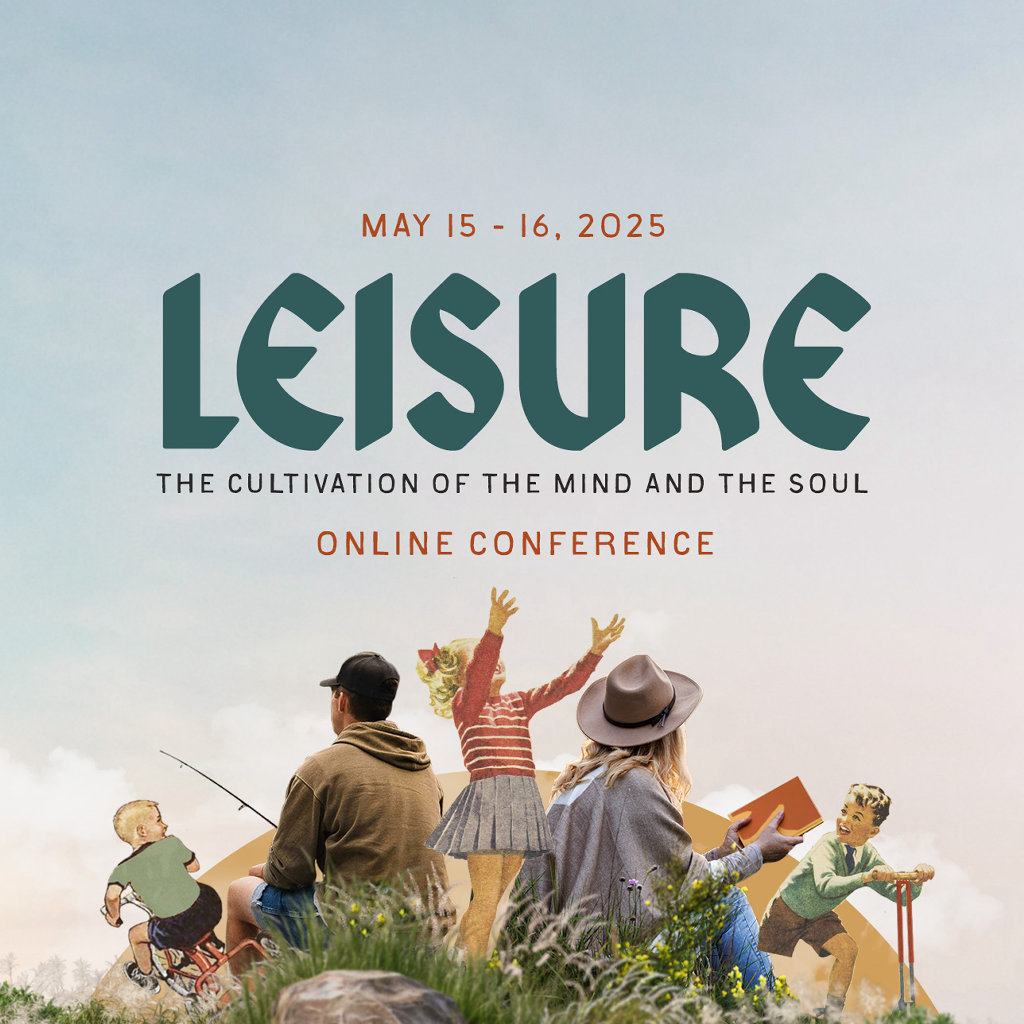
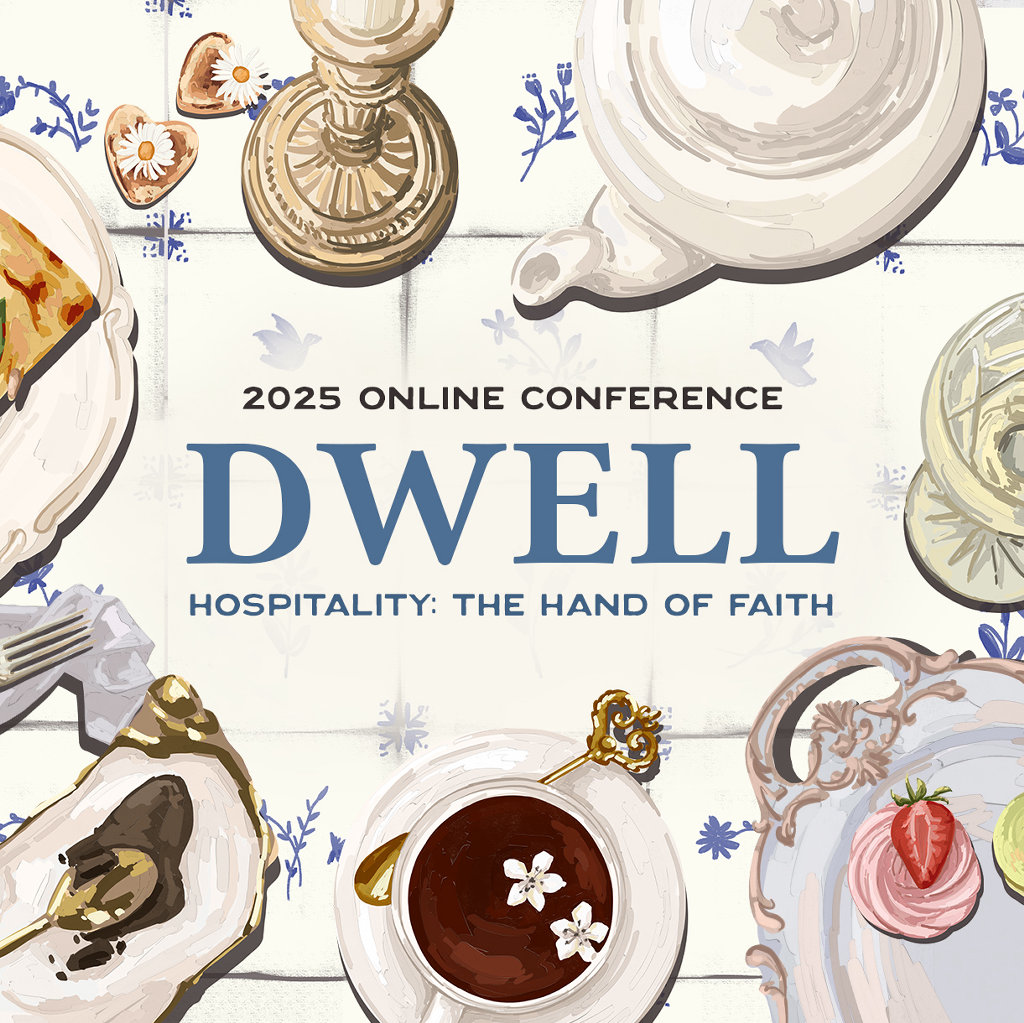

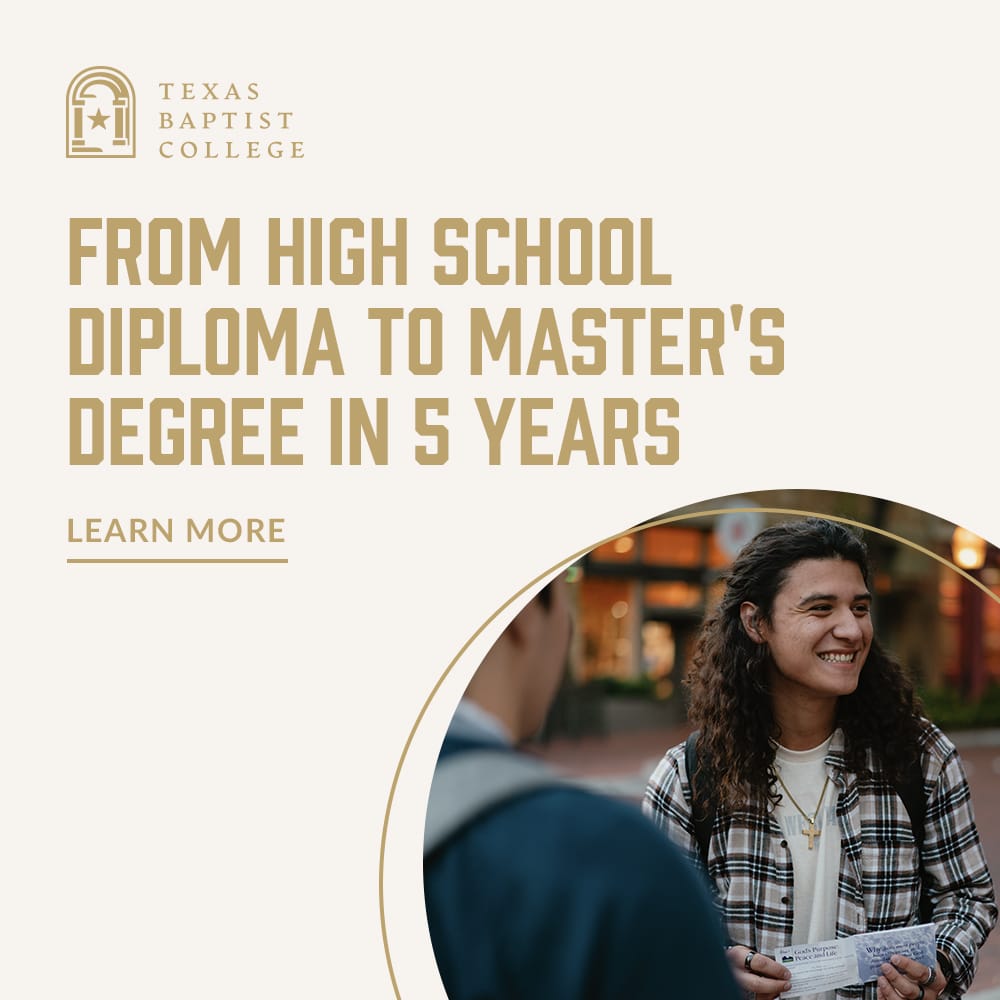

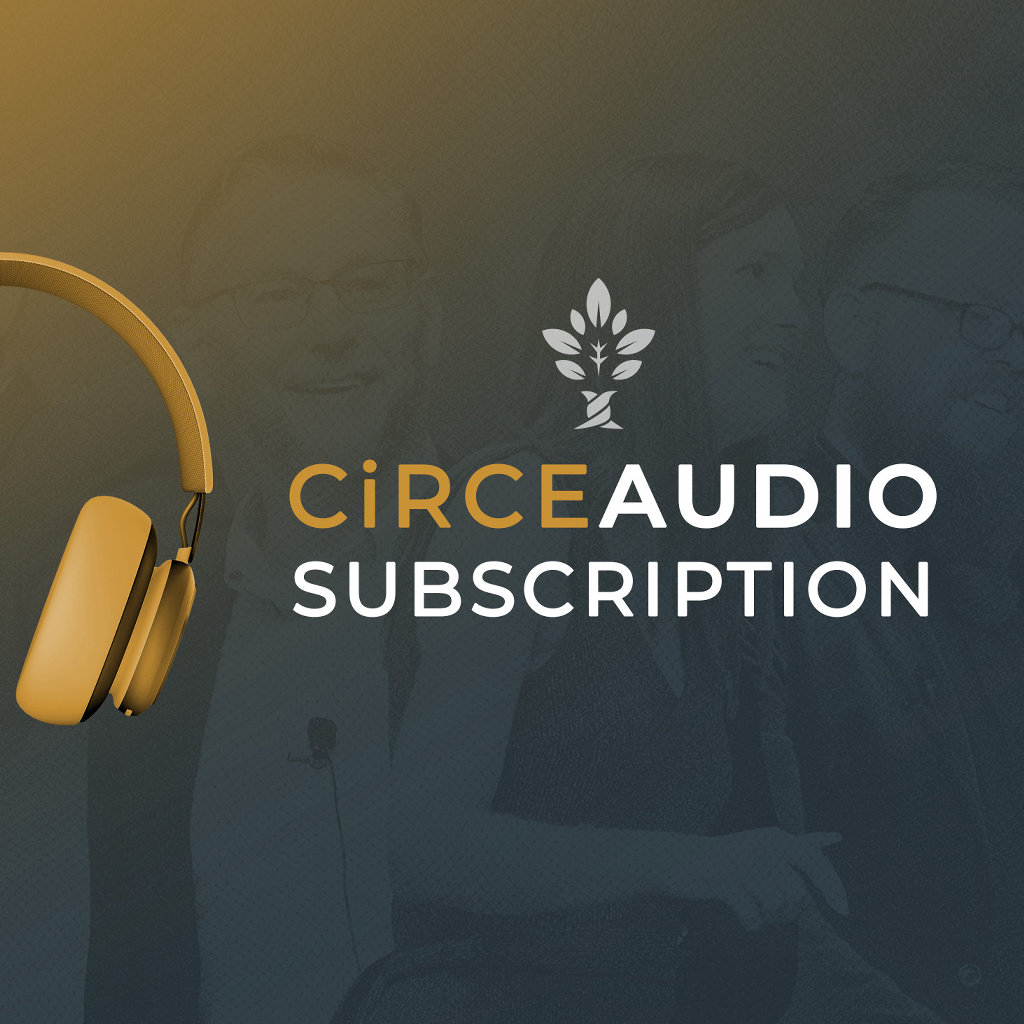
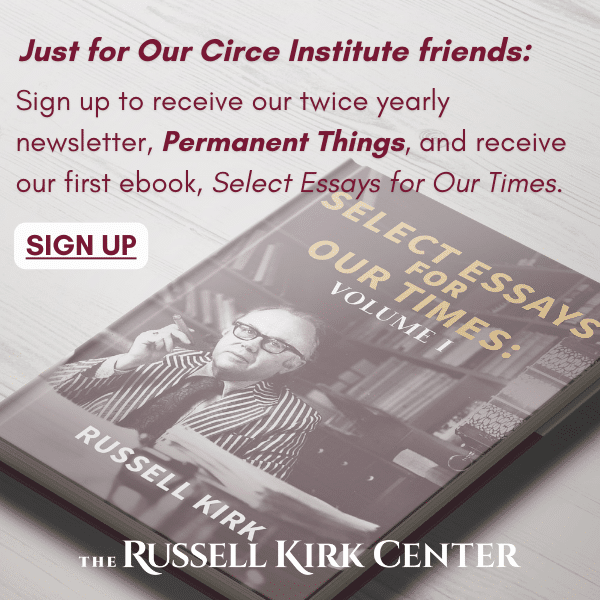
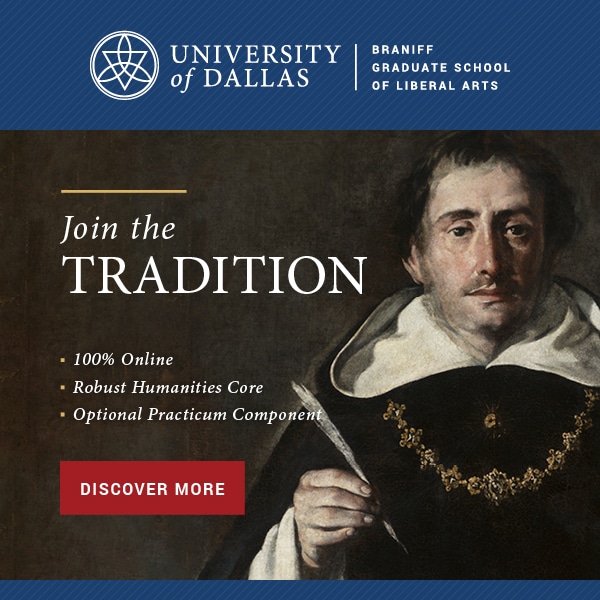
2 thoughts on “Classical Education for an AI Age”
How is AI to be used humanely? To create lessons plans so teachers can send more time reading books? Is AI better used for the skill based classes (Latin and Math) than the narrative based classes?
This is a great question, and I think to sufficiently answer it would require an article all of its own. For a short answer, I’ll say this: AI proves to be a useful tool due to its efficiency, not its temptation to create laziness.
Much like Augustine’s concept of “ordered love”, there’s a similar prioritization of tasks for a teacher (teaching the class, providing feedback, grading, planning for the next class, etc.). It’s with the more menial tasks – especially those requiring less of a ‘human touch’ – that I see AI proving to be most useful. As far as I can tell, if AI is used for the lesser tasks in order for teachers to spend as much of their energy and time as possible on the greater tasks, its a win for both teacher and student.
Now onto the course debate. As a math teacher, I can confidently say that the subject is oftentimes misconstrued as a cold, soulless subject – especially in the eyes of the students! But nothing could be further from the truth. Courses focused on language acquisition (which mathematics is) require just as much soul and humanity as narrative-based courses. I would argue that making such courses more AI integrated would only cause them to feel even more cold to students than they already do – which is the opposite of what should happen.
In a way, I view AI simply as an assistant to the teacher for tasks that are neutral in terms of course subject, and menial and robotic-like in terms of their nature.